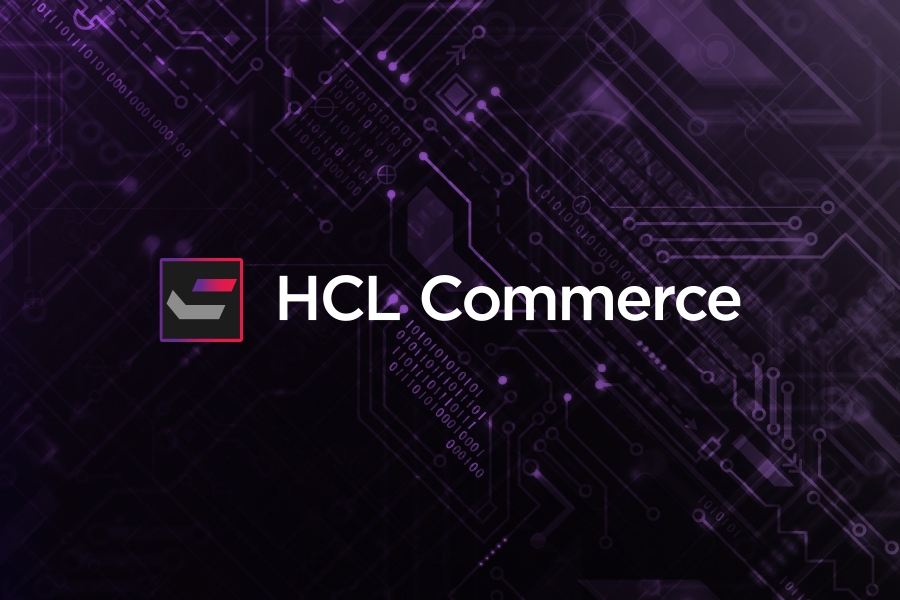The concept of headless commerce has been buzzing around the eCommerce industry for a while now and many of you are probably thinking about whether or not this is the right approach for your business. In this fourth installment of BlueSky’s HCL Commerce “Featurette” series, we will attempt to simplify the concept of a “headless” commerce solution, take a look at the pros and cons of such an approach and highlight how HCL Commerce makes it easy to go this route.
What is headless commerce?
Headless commerce is an architectural approach that separates the front-end (or the “head”) customer experience from the back-end functionality like payment processing and inventory management. Headless commerce architecture is becoming more and more popular among B2C and even B2B companies who are really focused on providing a personalized and unique customer experience.
A headless approach to eCommerce gives your business complete autonomy to design a customer experience like no other while leveraging a world class back end system
What are the pros and cons of a headless solution?
Pros
- Flexible front-end development – Allows for highly custom user experiences and the ability to use any technology your IT team is familiar with.
- Decoupled front-end and back-end – Allows for changes to be made on the front-end or back-end without affecting the other, reducing risk.
- Ease of integration – An API-driven approach allows for faster, more agile integrations with the back-end and other third-party integrations.
- Speed – Maintain cutting-edge marketing capabilities with the ability to support new technology when it arises. Marketers can quickly and regularly make updates to the site and be armed with the agility to experiment often and make frequent changes.
Cons
- Costly – Bespoke customer experiences usually mean bespoke development. More aspects of a storefront would likely need to be developed from scratch or customized.
- Longer time to market – Higher costs normally means longer timelines. The initial development of a custom store will likely take longer than a store with more typical user experiences.
- Marketing and creative team support – Headless store experiences are driven by content and need a larger marketing and creative team in order to manage and support changes day-to-day.
A headless approach is fully supported by HCL Commerce. The solution is well-equipped with REST-based services for things like search data, orders, and member info. HCL Commerce is fully set up to support headless commerce and is integrated with HCL DX as an optional CMS solution. If you’d like to have a discussion about headless commerce and whether it might be the right approach for your business, click here.





